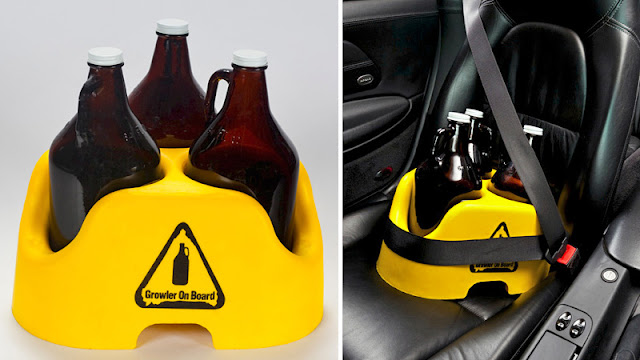Young has routinely fled success, severed profitable musical partnerships, dumped finished records and withdrawn when it was precisely the moment to cash in. He is a person who will never leave well enough alone. “Sometimes a smooth process heralds the approach of atrophy or death,” he writes in “Waging Heavy Peace.”
Doing as he pleases has worked out pretty well for him. As a young musician torn between the crunch of the Rolling Stones and the lyricism of Bob Dylan, he avoided the fork altogether and forged his own path. Over the course of more than 40 records and hundreds of performances that date to the mid-’60s, he has backed Rick James, jammed with Willie Nelson, dressed up with Devo, rocked with Pearl Jam and traded licks with Dylan. Some of it has been terrible, much of it remarkable. He has made movies by himself and with Jim Jarmusch and Jonathan Demme. He called out Richard Nixon, praised Ronald Reagan and made fun of the second Bush. And he has little interest in how all of that was received. “I didn’t care and still don’t,” he said, then went on: “I experimented, I tried things, I learned things, I know more about all of that than I did before.”
His longtime manager and friend Elliot Roberts describes Young as “always willing to roll the dice and lose” and says: “He has no problem with failure as long as he is doing work he is happy with. Whether it ends up as a win or loss on a consumer level is not as much of an interest to him as one might think.” (...)
Two nights before, at the Outside Lands festival in Golden Gate Park in San Francisco, Young headlined with Crazy Horse, their sixth performance this year after going the better part of a decade without playing together. Beck went on before them and covered “After the Gold Rush,” and Foo Fighters followed, with Dave Grohl mentioning that the sooner he got done, the sooner they’d all get to hear Young play. (He stood at the side of the stage afterward for Young’s entire set.)
The youthful festival crowd wore little more than tattoos on this damp summer night. Young and Crazy Horse took the stage looking like the Friday-night band at the local V.F.W.: big shirts, work boots and hair gone gray or just gone. Given the growing chill and a restless crowd, it would have made sense to begin with a song reminding the audience that a Big Deal Rock Star was at work.
Instead, the band kicked into “
Love and Only Love,” a remarkable song from Young’s 1990 album with Crazy Horse, “
Ragged Glory,” but hardly a singalong. It lasted 14 minutes, with Young shredding huge reams of noise and mixing it up with his fellow guitarist Frank (Poncho) Sampedro. Seeing them play was like watching an ancient steam shovel unfurl, claw the night air and dig in. “We thought it was important to introduce ourselves, to remind people what Crazy Horse is all about,” Sampedro said later.
Young, who has never been a graceful stage presence, lurched to the front. He is old — he began playing in this town more than 40 years ago — and bent over his guitar, but he is not old and bent. Young has never been physically whole, but that brokenness has annealed rather than slowed him. He is anything but a frail man when he has a guitar in his hand. (...)
The band’s music with Young is built around a long-running sibling argument between Young and Old Black, his painted-over Gibson Les Paul guitar. Young, born in 1945, is the older brother to Old Black, made in 1952. Through the years, Old Black has been souped up, tweaked and rebuilt, but it has never been replaced as his musical partner. When he plays it, he often looks and sounds furious. (In explaining the equanimity that characterizes his book, he writes: “Sometimes it’s better not to blow up at someone. I can save that anger and emotion for my guitar playing.”)
Young can plink out a song on a piano, and play harmonica when it serves, but he has an intimate, if savage, relationship with his guitars. “If you wanna write a song, ask a guitar,” he said to Patti Smith onstage at a book convention earlier this year to promote “
Waging Heavy Peace.”
He played that night as if he were mad at Old Black, even if he smiled into the squall. The crowd remained enthralled as he tortured a single note with the whammy bar, although this kind of indulgence has worn out some of his other playing partners. “We’ve played that note, can we move on, Neil?” Stephen Stills says with a laugh over the phone as he recalls playing with Young.
The guitar owned the night, but the secret to Young’s durability is his voice, a nasal-inflected borderline whine that was never a luxurious instrument, but remains intact. He sounded as he always did, yelling the chorus to “
Powderfinger” or plaintively singing “
The Needle and the Damage Done.” (...)
Tonight, he was feeling playful, telling the crowd, “I wrote this one this morning,” before starting into “
Cinnamon Girl,” one of a trilogy of songs, which also includes “Cowgirl in the Sand” and “Down by the River,” that he wrote in a single-day fever back in 1968. Later, he stepped to the mike and introduced a new song by saying: “We can’t help ourselves, we’re trained like chimps. They trained us to write songs, and we don’t know how to stop.”



















